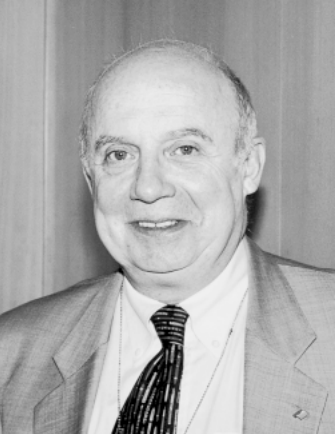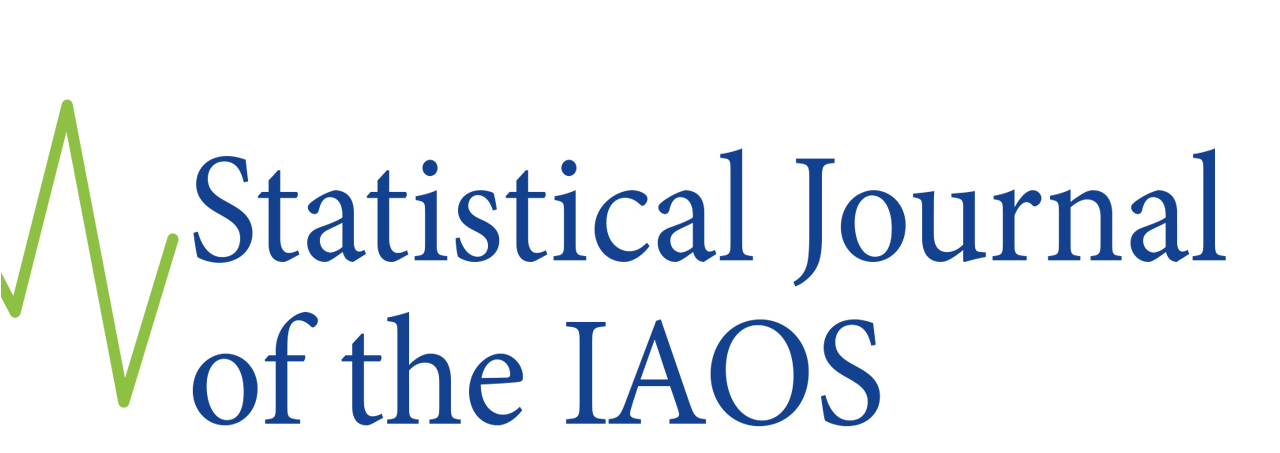

"I have always presented the French system as an example, not as a model! It is up to every country to build its own model; of course it must be compatible with the international standards as they are described."
By Katherine M. Condon, Ph.D., Interview Editor - SJIAOS
Jean-Louis Bodin was the second president of the IAOS and one of the Founding members of IAOS in 1985. He was also President of the ISI in 1999 – 2001. During his distinguished career of 50 years, he served the first 40 years as an official statistician in the French and European statistical systems. He is now an international consultant specialized in the organization of public statistical systems. He also has been active in both national and international statistical societies in many different capacities and has been bestowed with many honors: Chevalier de la Légion d'Honneur (Knight of the Legion of Honour) in France; the Medal of Statistical Merit in Vietnam; the African Statistical Award bestowed by the UN Economic Conference for Africa and Kawaleski Orderu Zasługi (Knight of the Order of Merit) in Poland.
J.-L. Bodin was born in 1941 in Bordeaux, France, the capital city of one of the most famous wine producing regions in the world. He attended and graduated from not just one but two prestigious French schools: the Ecole Polytechnique in 1963, and then the Ecole Nationale de la Statistique et de l'Administration Economique (ENSAE) in 1966.
In the interview, J.-L. Bodin talked about his many experiences within the fields of official statistics, what drew him to becoming a statistician, as well as growing up in post-war France and some of his greatest satisfactions during his official career, as well as in retirement as a champion for the organization of public statistical systems and ethics and good practices in official statistics. The interview concluded with a request that J.-L. Bodin bestows some words of wisdom from a former president to the incoming president of IAOS.
INTERVIEWER: We are interviewing you in Washington, DC, on a Friday afternoon in a rare face-to-face interview. You are traveling from France. What brings you to this area?
I’m a consultant with the World Bank and a member of an Advisory Panel for one trust fund managed by the Bank on Statistical Capacity Building (known under the acronym of TFSCB). I’m in mission every year in DC at this period of the year to fulfill this duty to [annually] evaluate the achievements of this trust fund.
INTERVIEWER: This is not your first visit to the United States; do you remember your first visit and the things you noticed as being different?
In fact, my first steps in the USA were in Brownsville, TX airport in 1967. At the time there were no charter flights for a student to travel between Europe and Mexico City. However, I did find a charter from Brussels to Brownsville, TX, which is on the USA-Mexico border. What I remember most about Brownsville were the men with their splendid hats and everybody had a gun, even in the airport halls. I’m afraid that little has changed since then in Texas! In 1997, I attended the ASA Joint Statistical Meetings in Dallas. There were also many men in the streets of Dallas with hats and guns!
On a more professional note, my real first visit to the United States was a mission to Washington, DC, in 1969 to visit the U.S. Census Bureau. I used the opportunity to visit and discover New York City. Now I am often in New York City, not only for visiting the UN Statistical Division, but also because both my son and my daughter are living and working in the Big Apple. Compared to 1969, the motto of Manhattan could be the one of the Olympic Games: “Citius, Altius, Fortis,” which translates to: “Faster - Higher – Stronger”.
INTERVIEWER: How are we doing in the U.S. in the food department? Do you head straight for any particular place for a particular type of food that you can only get here in the U.S. when you come for a visit?
Concerning food, it is overall much better than 47 years ago during my first visit!!!
INTERVIEWER: What other parts of the world have you visited while wearing your “statistician” hat?
I have been to many, many countries. I have been interested in international business practically most of my career. I have participated in all ISI biennial sessions (now called the World Statistical Congress) for the last 40 years, which means I have been to 20 different countries all around the world. However, my background in cooperation and technical assistance to developing and transition countries started in 1985. I have visited almost all Francophone countries in North and Sub-Saharan Africa, as well as Ethiopia, Egypt, Kenya, and South Africa. I have also made several trips to China and maybe 25 visits to Vietnam, Cambodia and Laos. I have had the opportunity to organize joint seminars with the Ministry of Foreign Affairs of Singapore. In Latin America, I organized cooperation activities with Brazil, Chile and Argentina. Finally, after the fall of the Berlin Wall, I have organized very important cooperation activities with Poland and Romania, and on a smaller scale with Russia, Ukraine, the Czech Republic, Slovakia, Bulgaria. And I would not like to forget New Caledonia that is a Pacific Island under French sovereignty. But I certainly forget a lot!
I don’t like to merge tourism and professional travels. But when a country seems highly attractive, I return to it for holidays with my wife. I did this for instance with China, Vietnam, Thailand, Mexico, and Brazil.
This is a preview of an interview conducted for and published in the Statistical Journal of the IAOS. The full interview can be read here.
